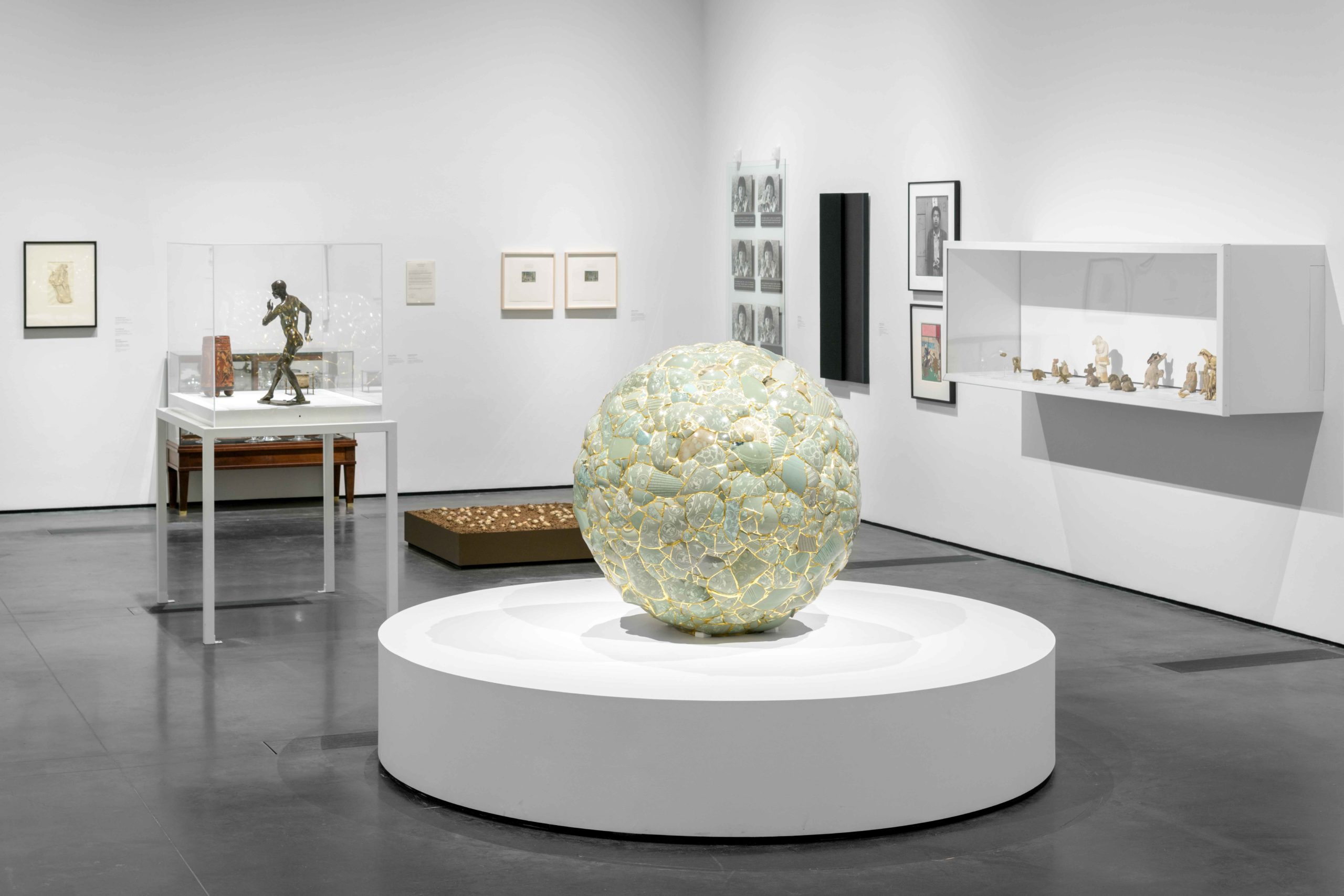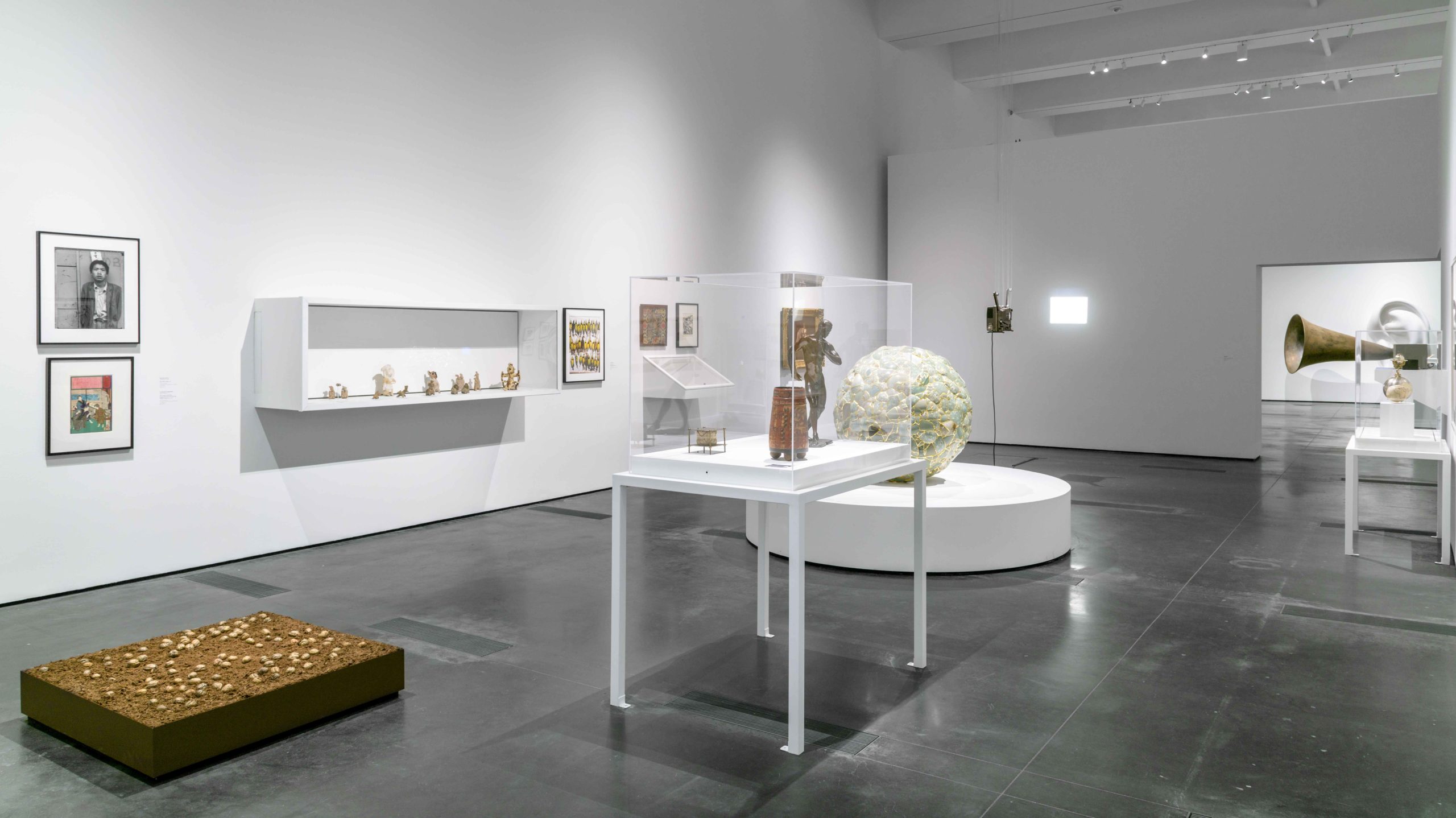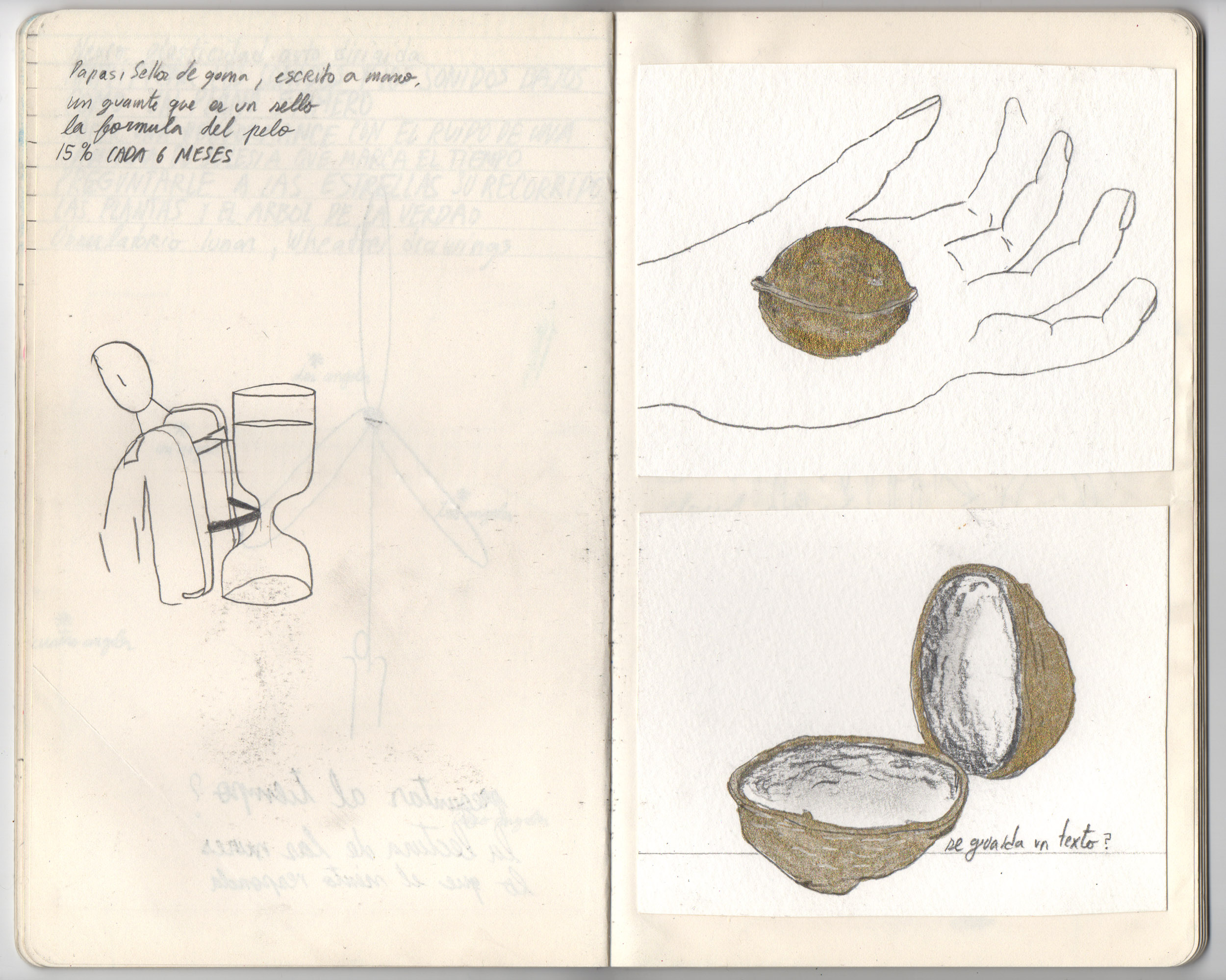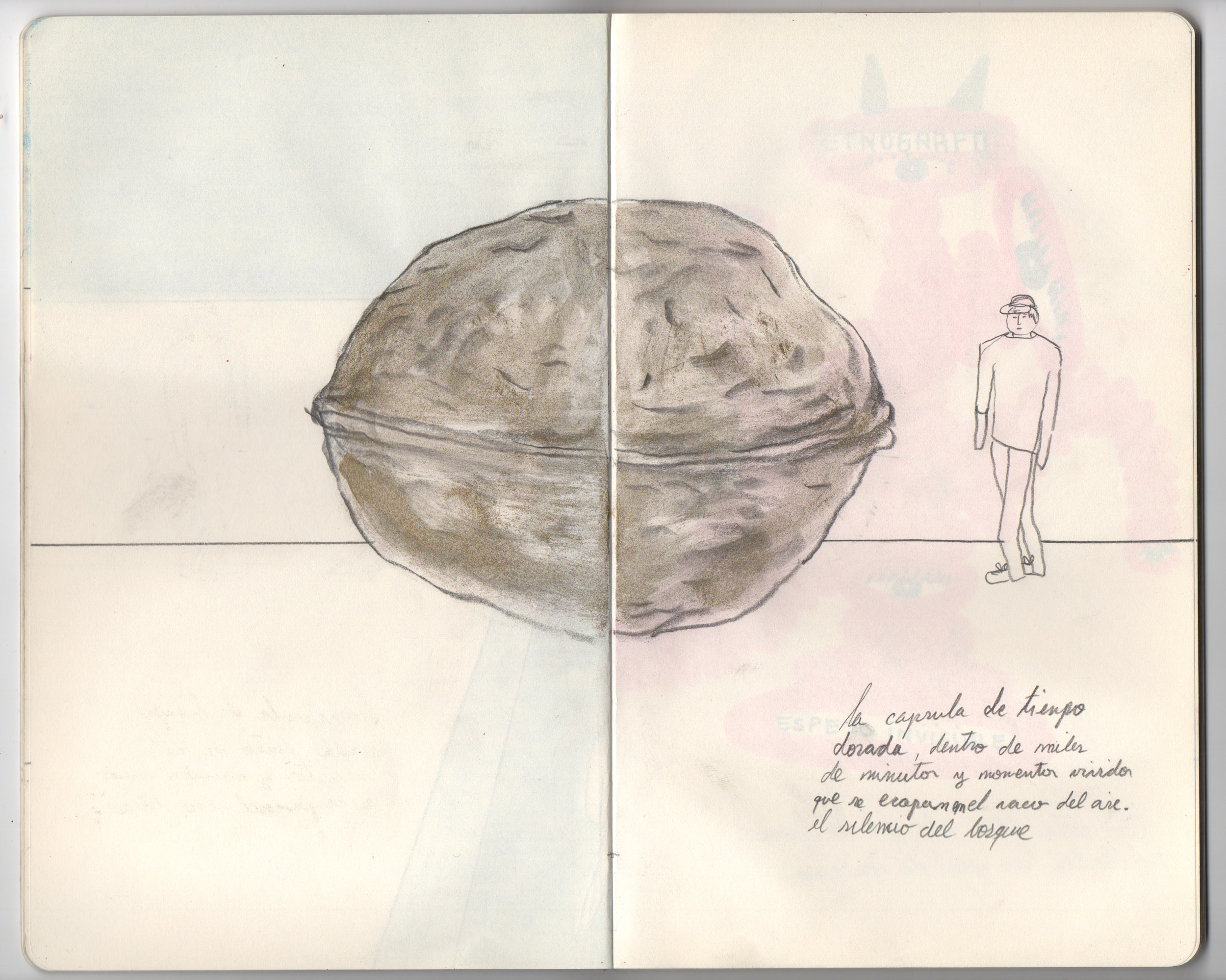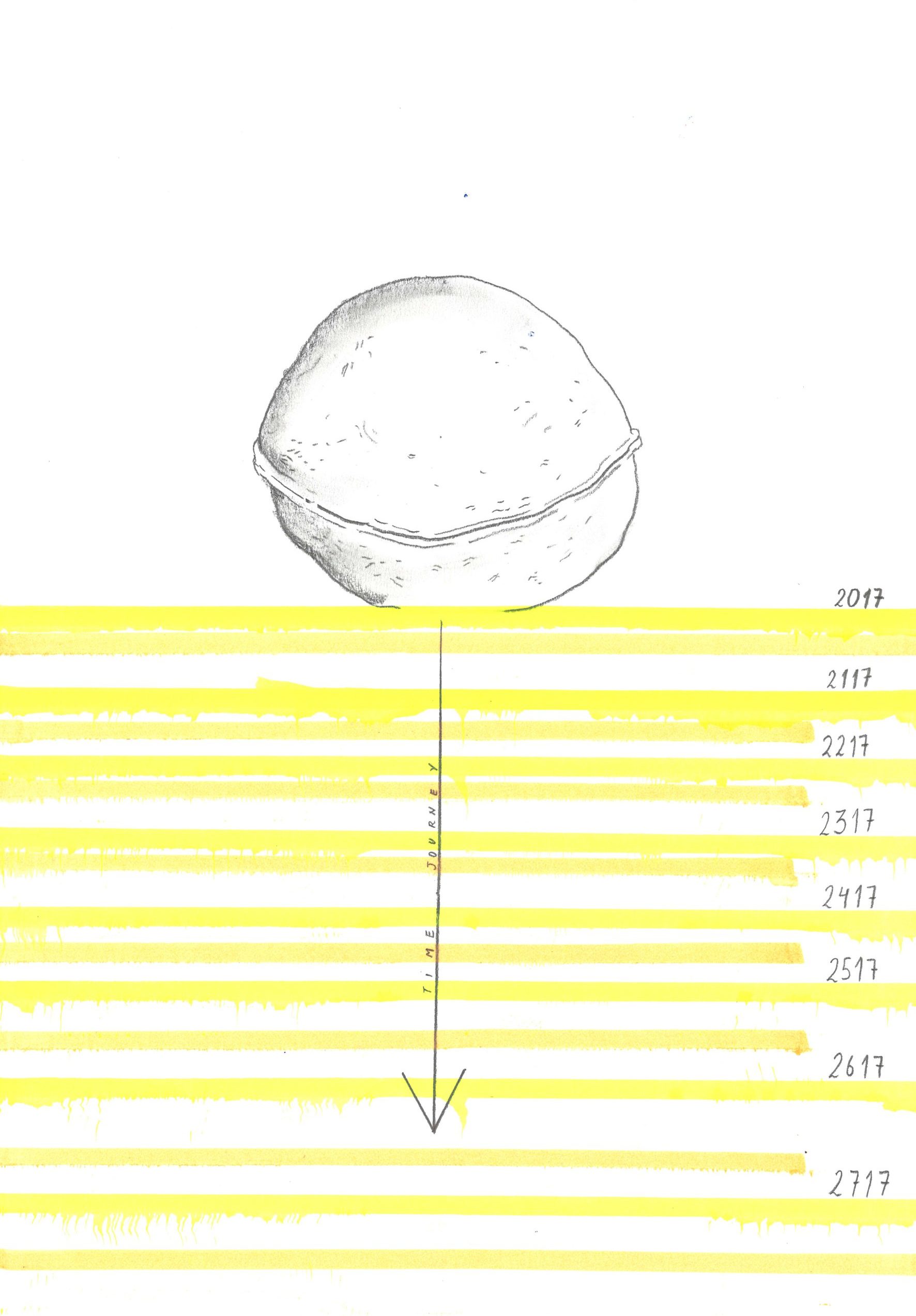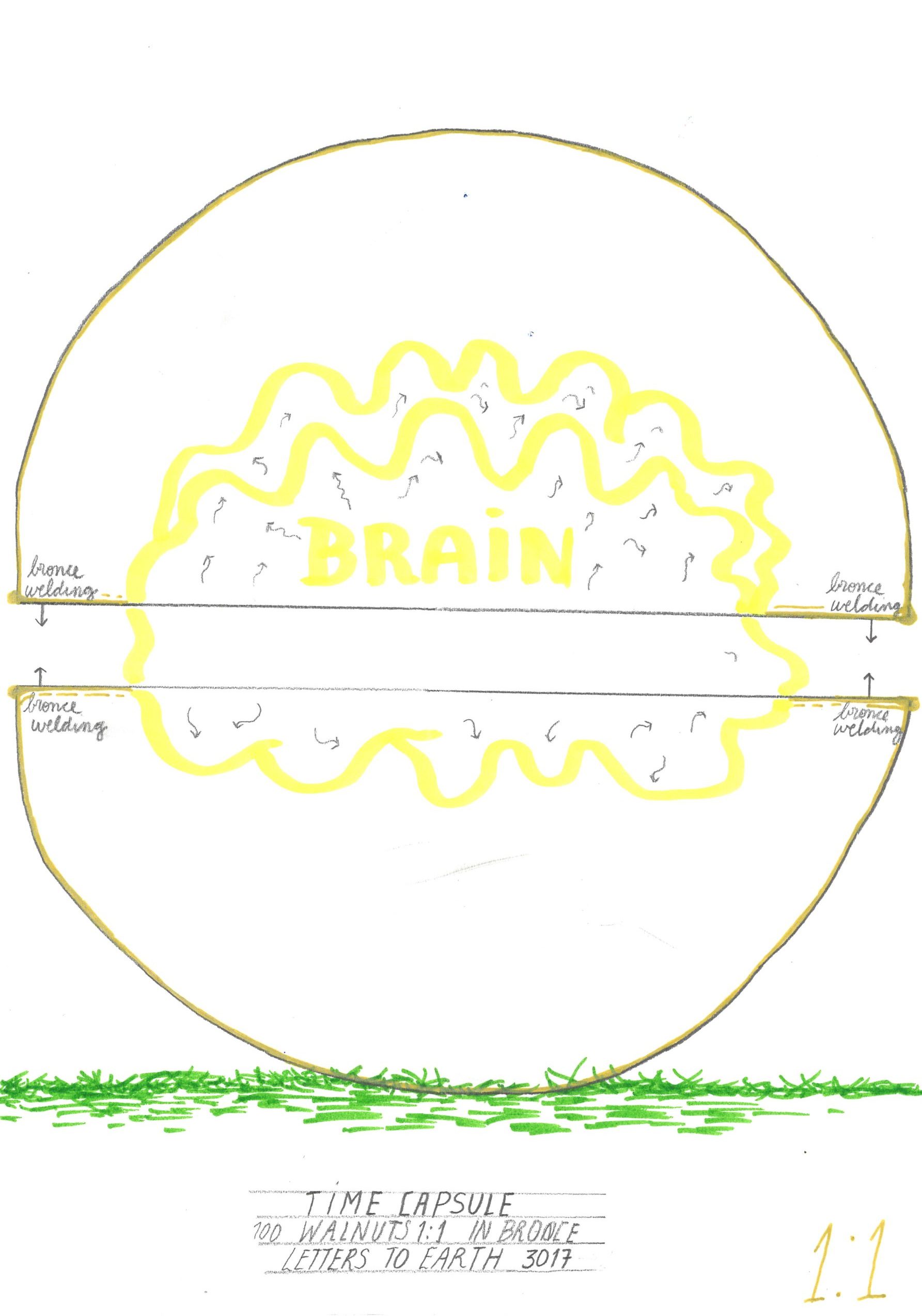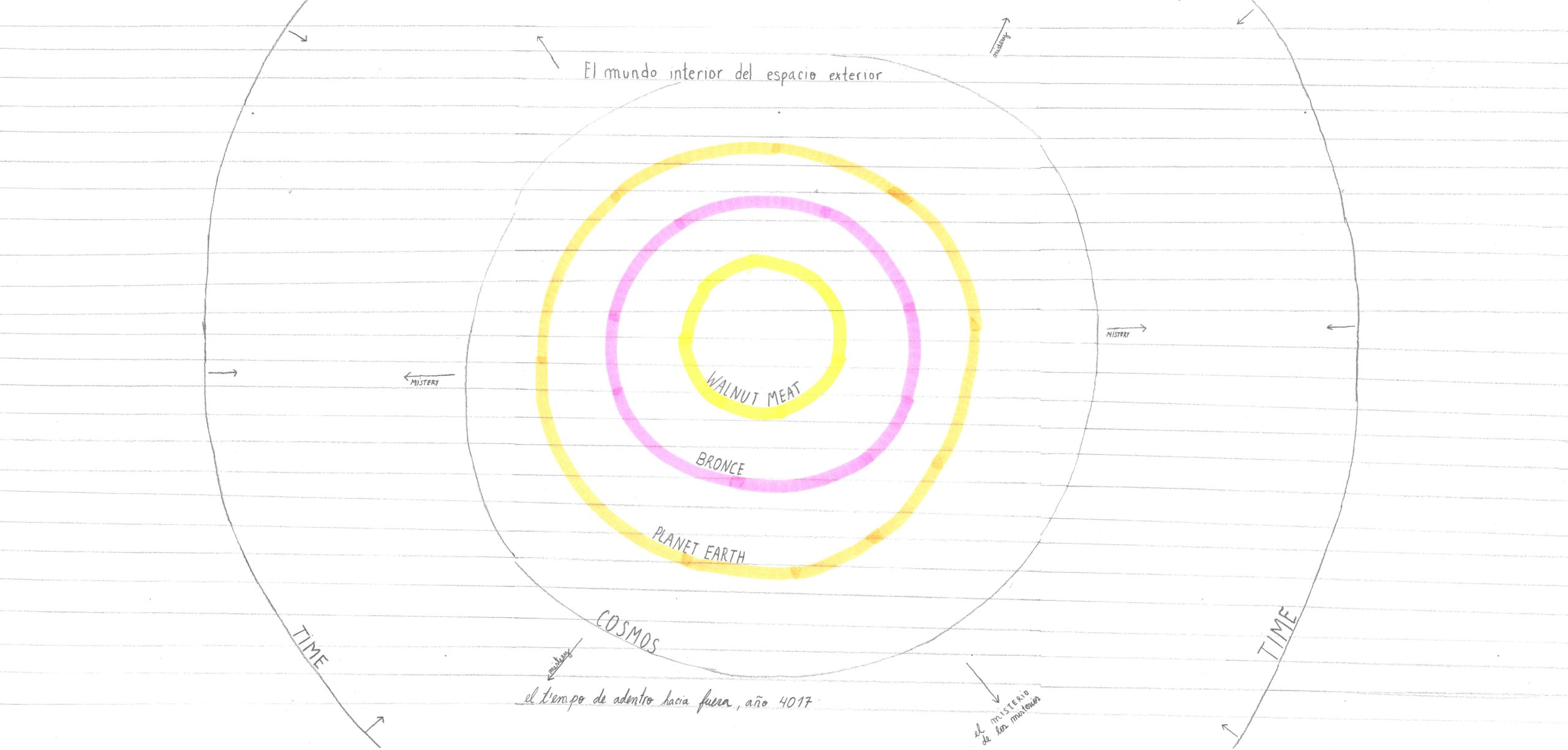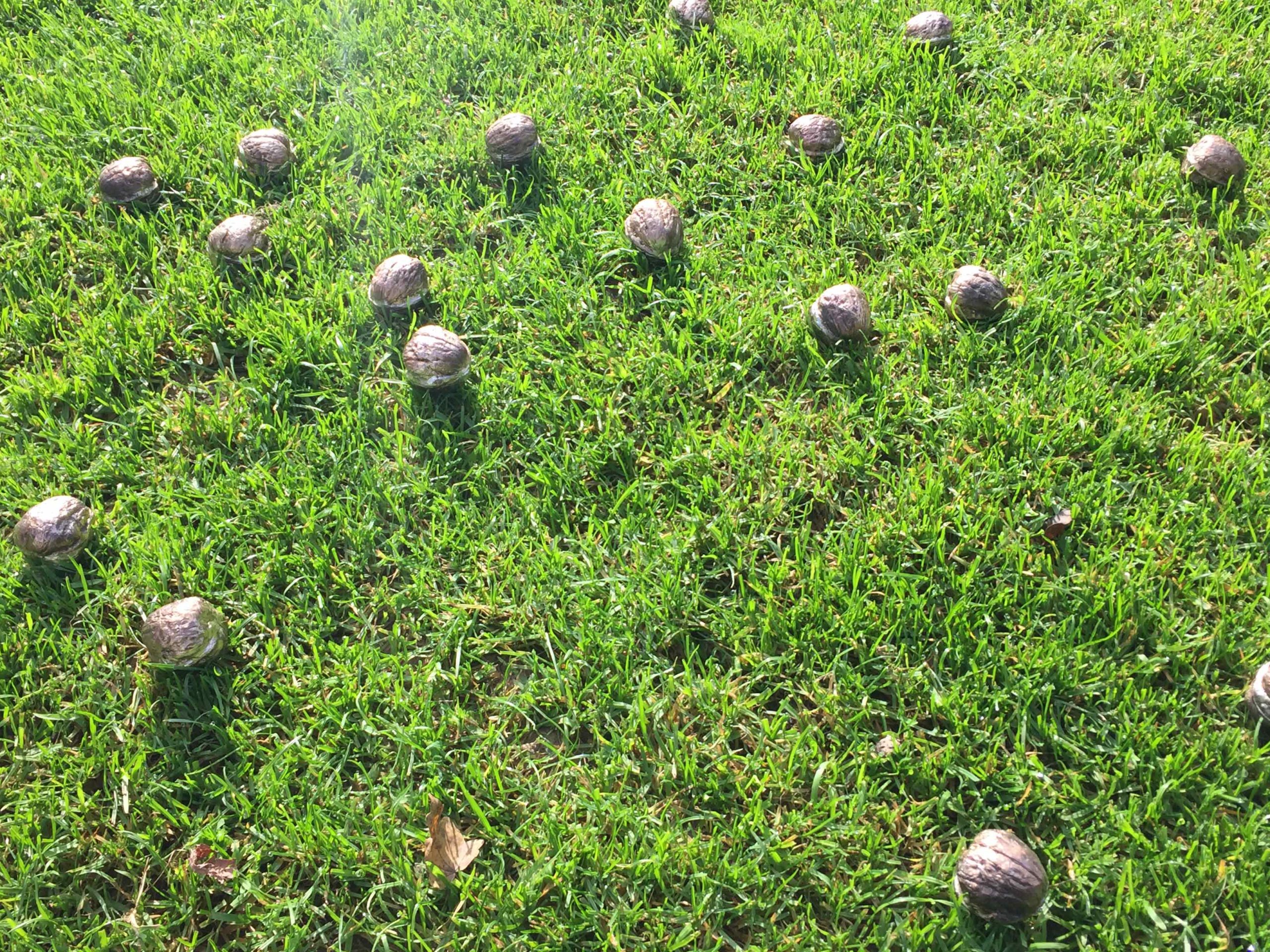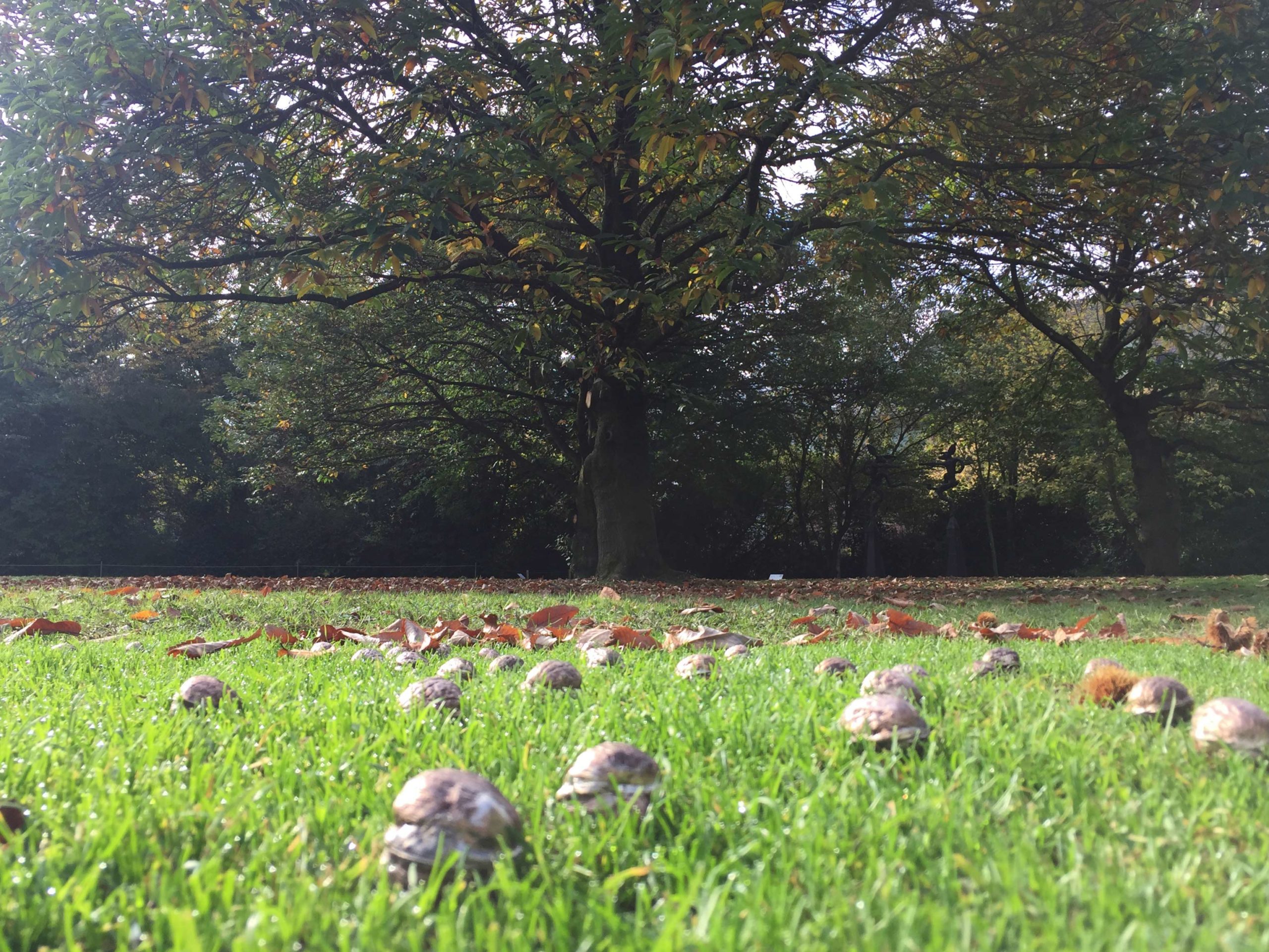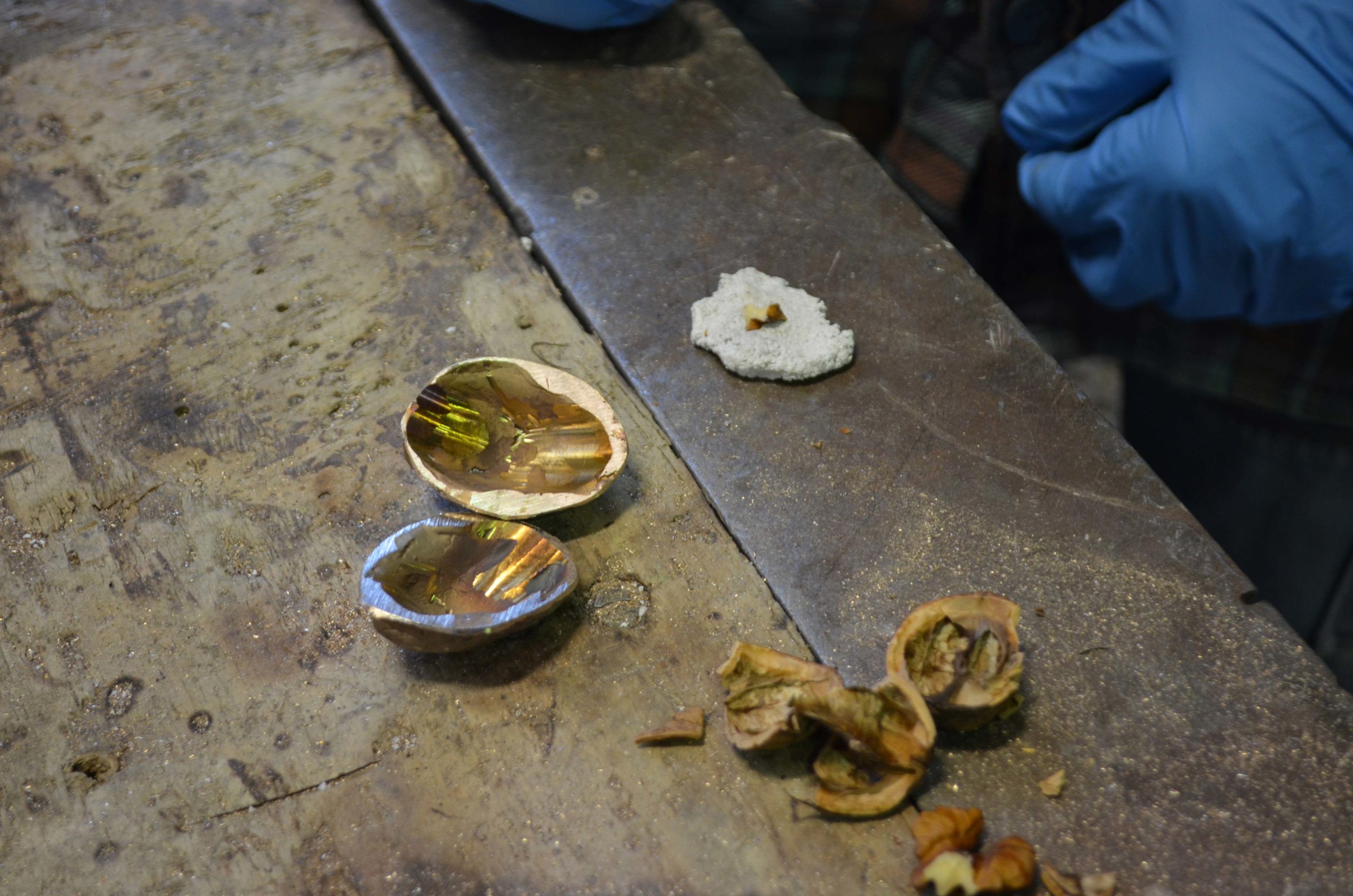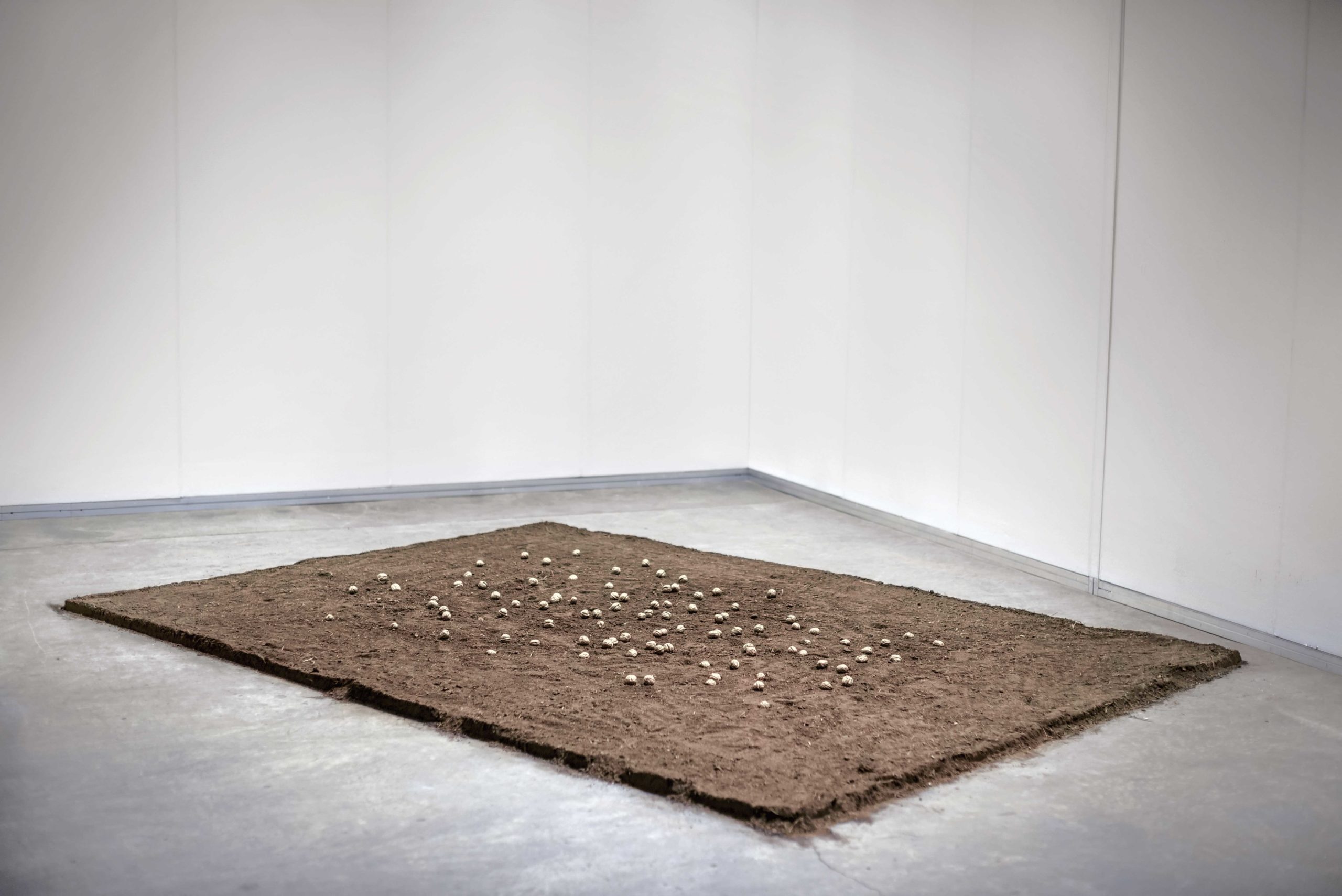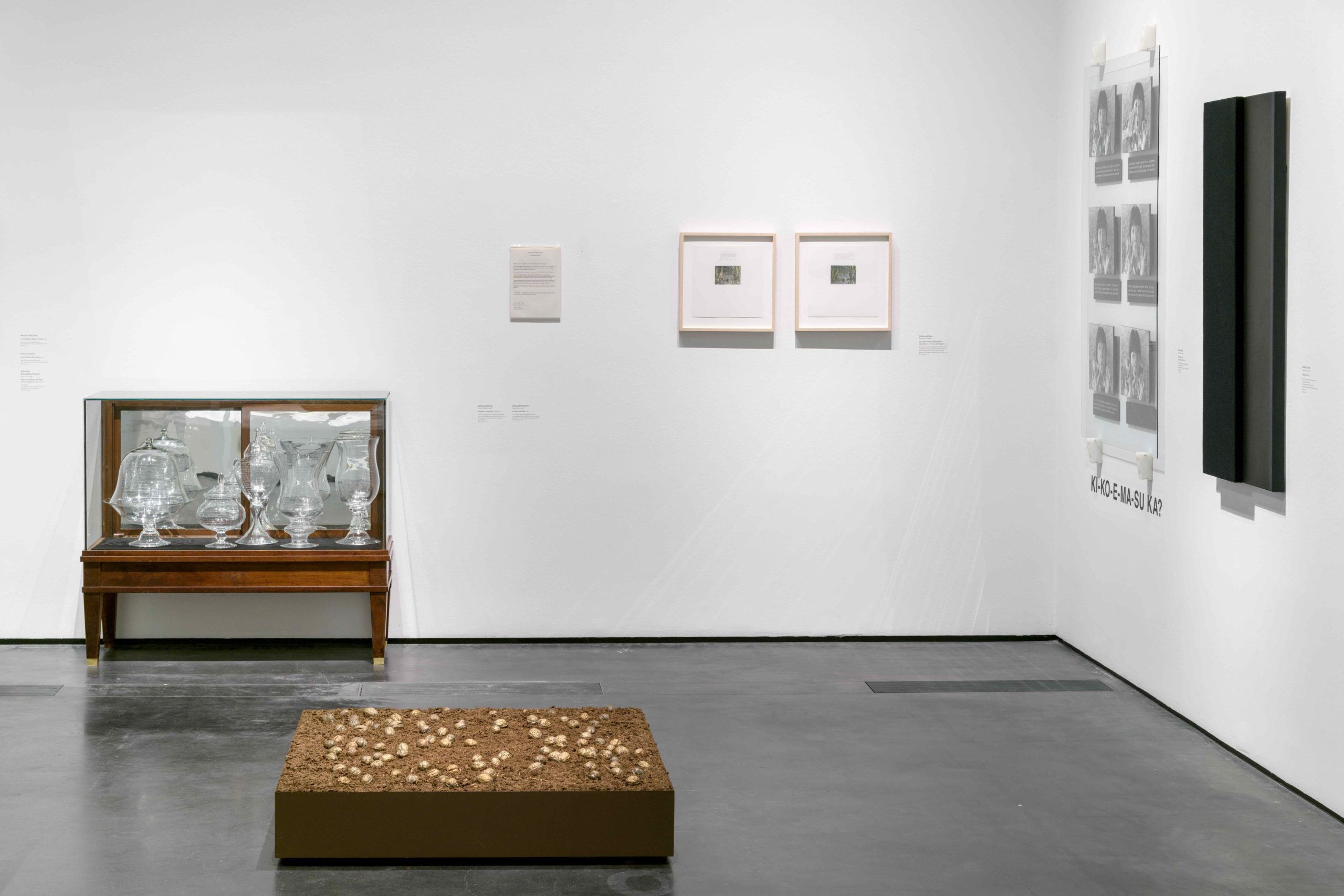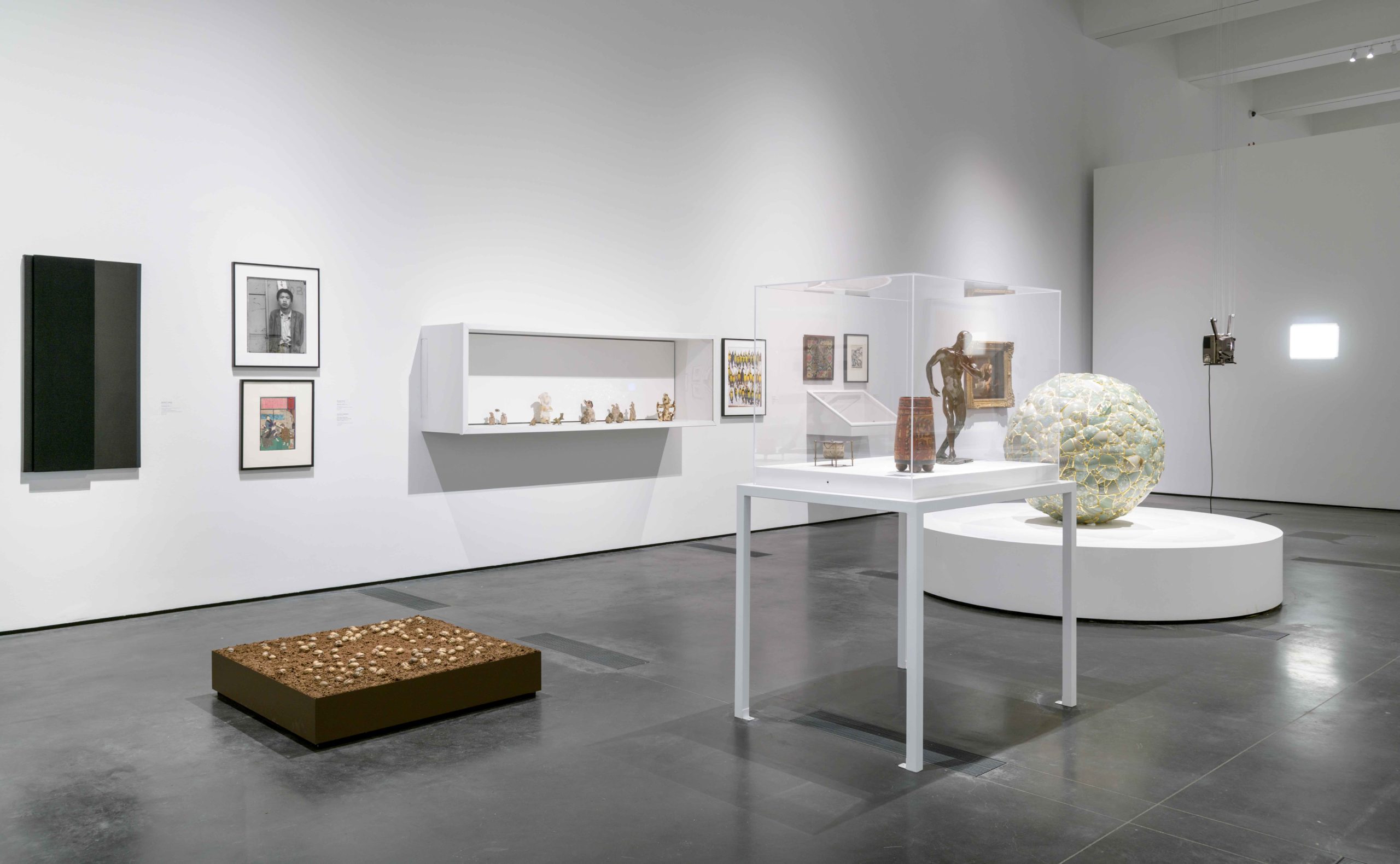letters to earth
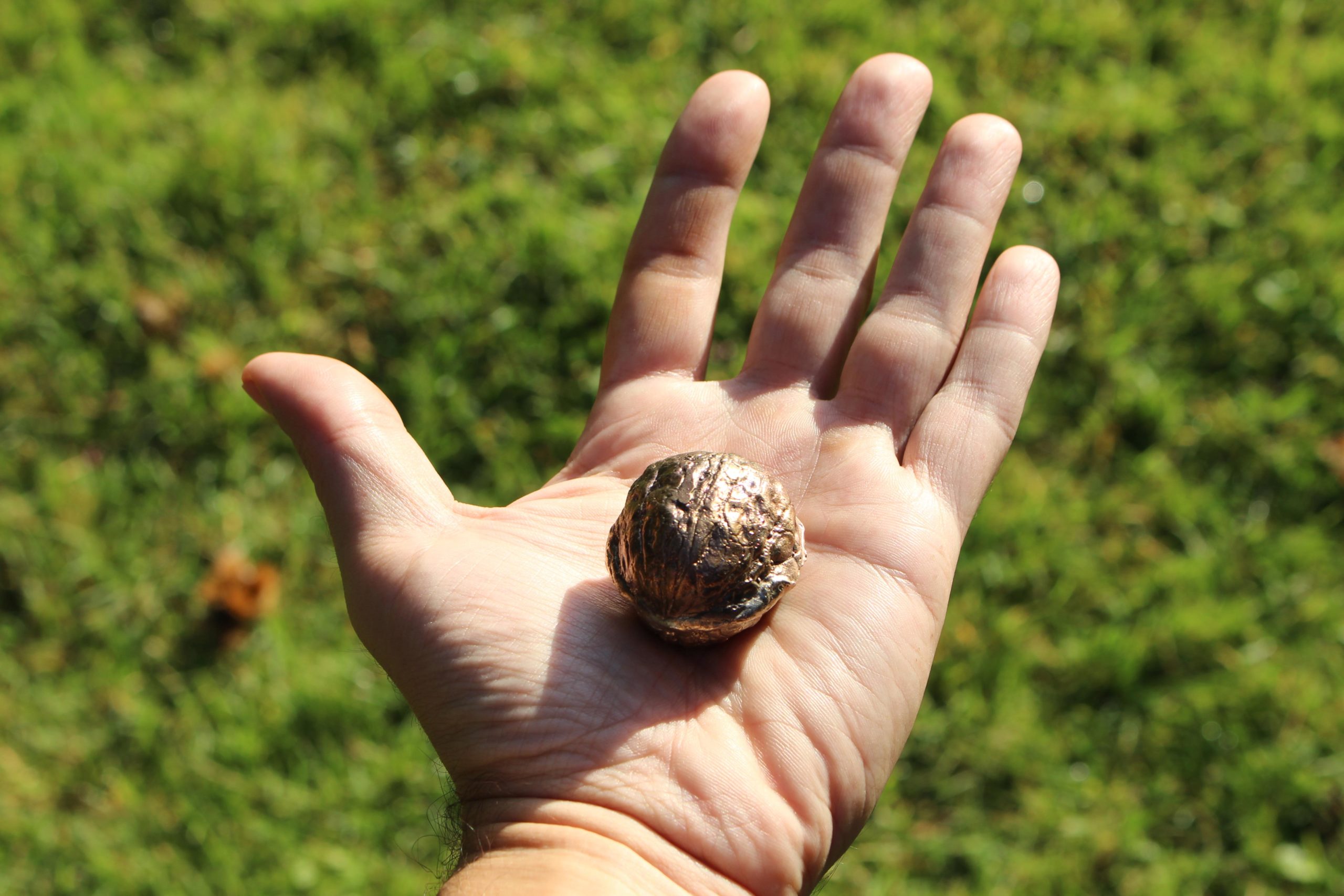
La Fin de Babylone. Mich wundert, dass ich so fröhlich bin!
Köln Skulptur 9,
Skulpturen Park Koln, Germany
Curated by Chus Martínez
Skulpturen Park Koln Collection
2017
An edition of this work was acquired by LACMA and then exhibited at:
NOT I: Throwing Voices (1500 BCE–2020 CE)
LACMA
LA, US
Curated by José Luis Blondet
2021
Text by Chus Martínez
Messages with an undetermined recipient and unknown date of receipt have been placed all over the earth for quite some time now. In the instance of the golden data carriers that were sent into space in the 1970s with the space probes Pioneer and Voyager, the radius of potential addressees was widened. Aside from the uncertainty as to whether a living being will ever receive these messages, it remains questionable whether the accounts of information about planet Earth and its inhabitants, written purely from the human perspective would be generally decipherable for extraterrestrial life forms.
The issue with the time capsule is not just the amount of information that usually needs to be housed in a very small space, but also the language of their coding. In Madrid in November 2017, the restorer of an eighteenth-century wooden statue of Christ made an unexpected discovery. A document was hidden in the back of the figure that provides detailed information about everyday life in Spain at that time. The letter was written in 1777 by Joaquín Minguez, chaplain of the Burgo de Osma Cathedral.
The bronze sculptures by Eduardo Navarro are also to be regarded as time capsules. Cast on a 1:1 scale, the forged nutshell halves each contain a core of a real nut pulp. Navarro plans to create a total of 1000 individual copies and bury them in a hidden place as “letters to the earth” In contrast to the above examples, his time capsules do not contain abstracted data, but rather the pure information of walnut DNA.
As archaeological finds from Central Europe attest, bronze is a very stable alloy that can survive for several millennia. Navarro thus takes up the philosophical concept of deep time, in which the time axis is not horizontal but vertical, correspondent to the earth’s geological layers; which ultimately shrinks our present era to a water-thin surface; and in which the comparatively short history of humanity is put into a much greater context.
Another aspect of the work arises from its material form. Walnuts are considered to be very healthy, said to have a positive effect on nerves, concentration, and sleep. The doctrine of signatures, as it was written by Paracelsus and others at the beginning of the sixteenth century, is based on the assumption that there are kinship systems among the cosmic phenomena that connect living beings and things. Even without the analysis of their nutrient content, this idea is not too far off—because of their structure and shape, walnuts are very similar to the brain with its two halves. The legibility of the bronze walnuts’ message in this context seems therefore most likely to be a matter of imagination.
